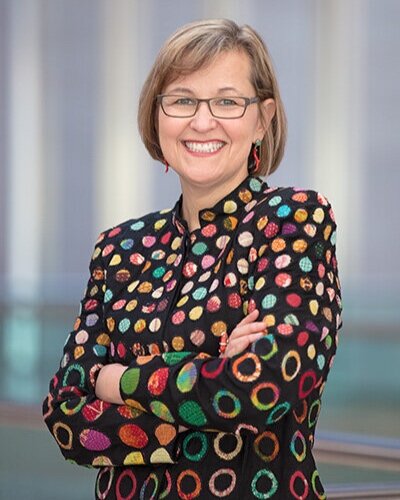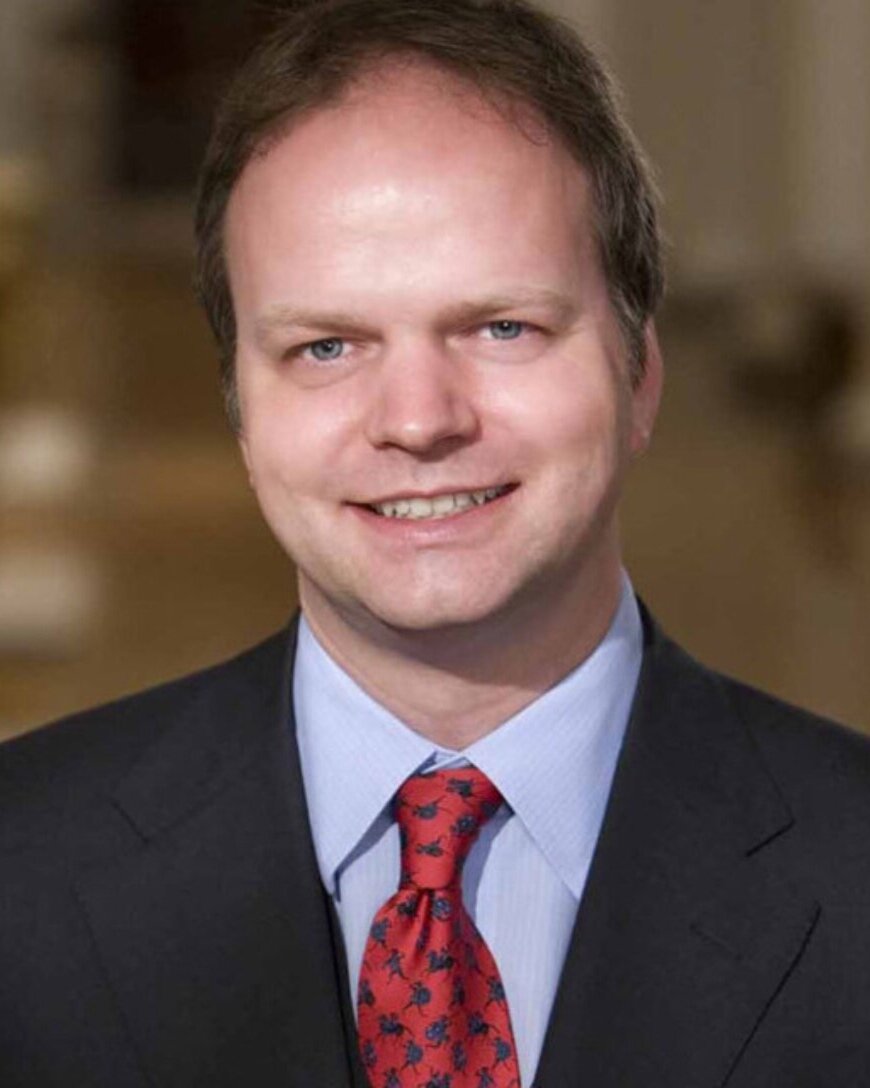Webinar Recap: Lessons from Leading Museums
June 3 (Replay at end of page)
On June 3, The Advisory Board for the Arts co-hosted a webinar with SDA Bocconi School of Management to discuss how leading museums across the globe have responded to the Coronavirus crisis, and how they plan to manage their organizations as they face decreased audiences due to decreased tourism and social distancing guidelines. We were fortunate to have an esteemed panel of museum leaders join us:
Kaywin Feldman, Director, National Gallery of Art, Washington DC
Barbara Jatta, Director, Vatican Museums,Vatican City
Eike Schmidt, Director, The Uffizi Galleries, Florence, Italy
Slow Return of Audiences Expected
We kicked off our webinar by asking the nearly 400 participants on the line to answer a poll question regarding their personaltimeline for returning to a museum. Perhaps not surprising given our webinar audience was primarily comprised of museum and performing arts leaders and staff and arts students, 65% expect to return to a museum in the next three months, with another 22% planning to return within 3-6 months. However when we asked participants who are involved in an arts organization that depends at least somewhat on tourism how long it will take for their audiences to return to pre-COVID levels, they reported a much longer timeline: 52% said 1-2 years, while another 14% said 3-5 years.
The Vatican City Museums reopened just this past Monday, and while Barbara Jatta, Director of the Museums, was pleased with the turnout given they were nearly sold out, she explained they are seeing nearly a tenth of the visitors they would typically see in the month of June. They have extended their hours to accommodate more visitors, but the capacity constraints required to comply with social distancing coupled with travel restrictions from foreign countries severely limit their ability to attract visitors.
Eike Schmidt shared that the Uffizi Galleries opened Pitti Palace last week, and they are seeing about 100 visitors a day, a significant drop compared to usual summer attendance. The Uffizi Museum just opened today. Eike noted they have basically been set back a half a century or more in their attendance levels.
Kaywin Feldman, Director of the National Gallery of Art in Washington, D.C. expects the museum to attract about one-third of its typical visitors this year. The museum is not yet open to the public, but Kaywin shared the organization has found the Re-occupancy Assessment Tool put out by The American Institute of Architect to be a valuable resource as they plan to safely reopen the museum’s offices. Additionally, her team has been working with an epidemiologist from the National Institute of Health on making plans to reopen safely for staff and visitors.
Seeing the Good in a Slower Pace
While all of our panelists admitted the road ahead is a difficult one for the museum industry and that they have been forced to make difficult decisions over the past few months, they were also quick to point out some silver linings of this time of closure and slower pace of attendance, and ways that they are maintaining audience engagement.
Opportunity to reshape the visitor experience: Eike shared that even before Coronavirus the Uffizi was trying to limit large tour buses coming in with people rushing to see one or two major works of art and running back out. They recently added a higher fee to large tour groups to try to limit this type of attendance. He believes smaller tour sizes will lead to a richer and more intimate experience. The museum has recently installed a significant number of benches around the museum to create more opportunities for visitors to sit and appreciate the art. His hope is that this pandemic will push forward more sustainable tourism and a more thoughtful visitor experience.
More employment opportunities for museum guides: Barbara shared that for years they have been battling the tour operators on tour group sizes. Prior to the virus the maximum tour group size permitted was 25, but now the museum is limiting it to 10 people. Not only does Barbara agree with Eike that this will enable a higher quality visitor experience, she also pointed out that it creates more demand for museum tour guides.
Opportunity for greater exposure and experimentation of existing collection: All our panelists noted that they are having to make significant changes to their previously planned exhibitions over the next 1-2 years. Without these exhibitions, the museums are all looking at new ways to showcase parts of their own collections more prominently. For example, The National Gallery of Art is considering a new way to install their Old Master collection. Kaywin noted that they are energized about having the opportunity to focus more on their local audience, given typically they are pulled in many directions thinking about local, national, and international audiences. Eike noted the importance of having fresh scholarship for their most loyal visitors so that they can continue to engage them effectively. They are looking to pull out works from their own storage or other regional collections. All our panelists agreed that now is the time to experiment.
The Role of Digital Moving Forward
During this time of closure, our panelists have all been making investment in their digital capabilities. While all were in strong agreement that digital will never replace the in-person visit, they also agreed it will play a critical role moving forward. In fact, Kaywin believes that down the road digital will be just as important as on-site visitation. Barbara sees digital as a way to enhance the museum experience by preparing visitors prior to arrival, allowing them to go deeper after a visit, and providing ongoing education. Eike also sees digital as a way to enhance the in-person experience. For example, The Uffizzi recently created 3-D scans of ancient objects. While some may choose to view these images online, visitors in the museum may also pull the scans up on their phone while viewing one of the objects that is against a wall to get a more complete view. The Uffizi Museums have also been creating and releasing digital videos daily to maintain engagement with visitors during closure.
Our panelists had different opinions on the opportunity for monetizing digital content. Eike strongly believes the potential of creating substantial revenue streams from digital is strongly overestimated. He sees digital as a way to diversify and attract new audiences and has no plans to charge for the digital content they create moving forward, as it could potentially cause them to lose the very audiences they are attracting through digital channels. Kaywin said she could see a future in which museums have different sponsors for the digital portion of an exhibit and the on-site portion.
Lasting Changes
This time of crisis will certainly result in a number of lasting changes in the arts industry. As our panelists suggested, new protocols may force a more sustainable form of tourism that will ultimately lead to richer visitor experience. Additionally, more robust digital capabilities for both the in-person and at home museum experience give museums the opportunity to reach a broader audience and potentially create new revenue streams. While the road ahead will certainly not be easy and there will be devastating losses of valuable organizations along the way, there is promise that certain aspects of the industry will better on the other side.





